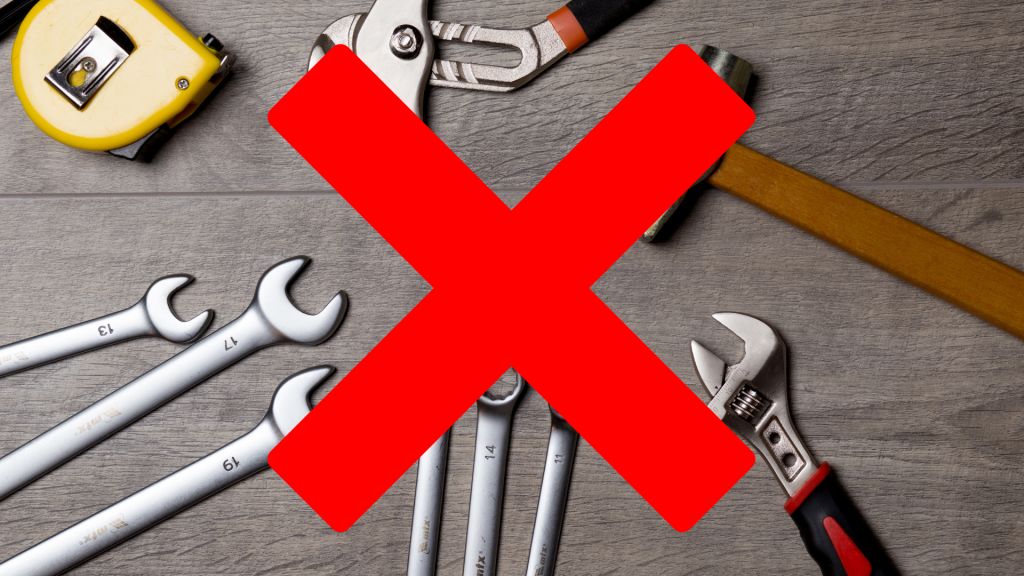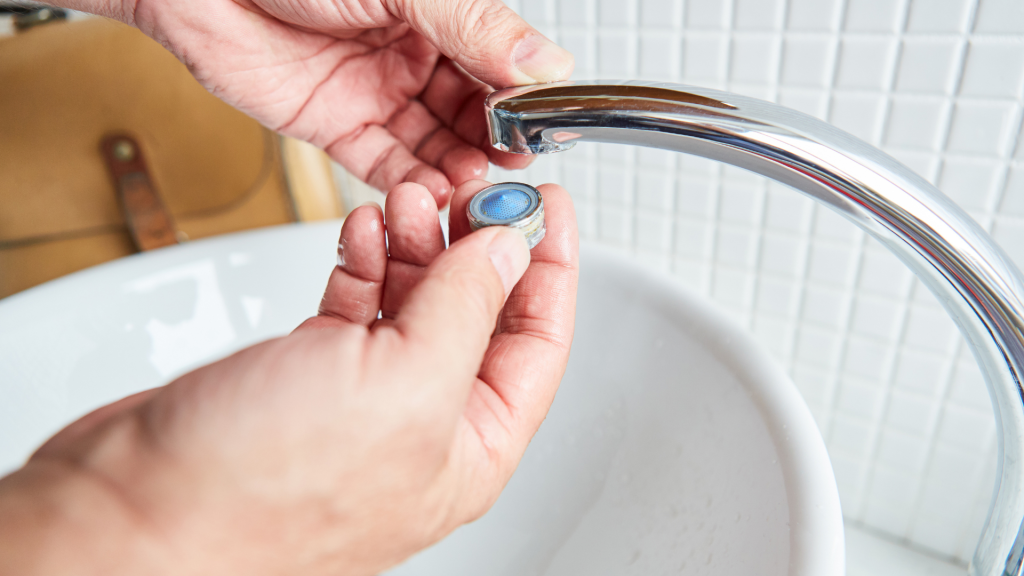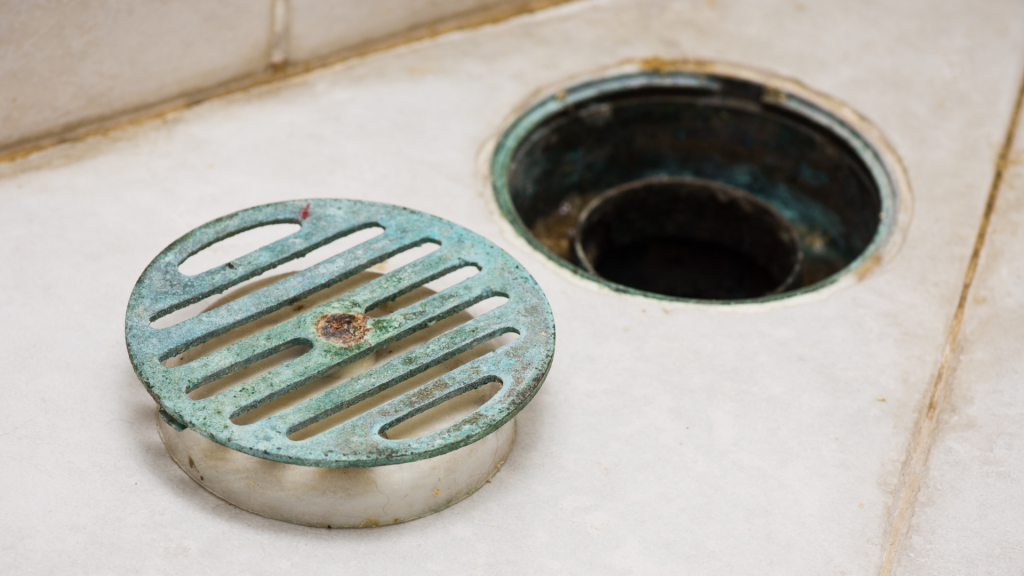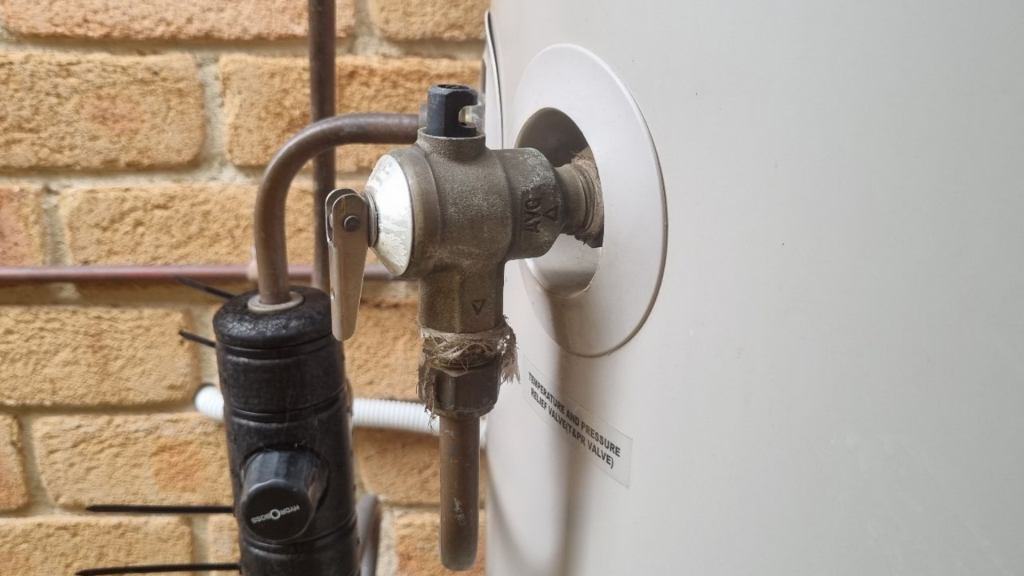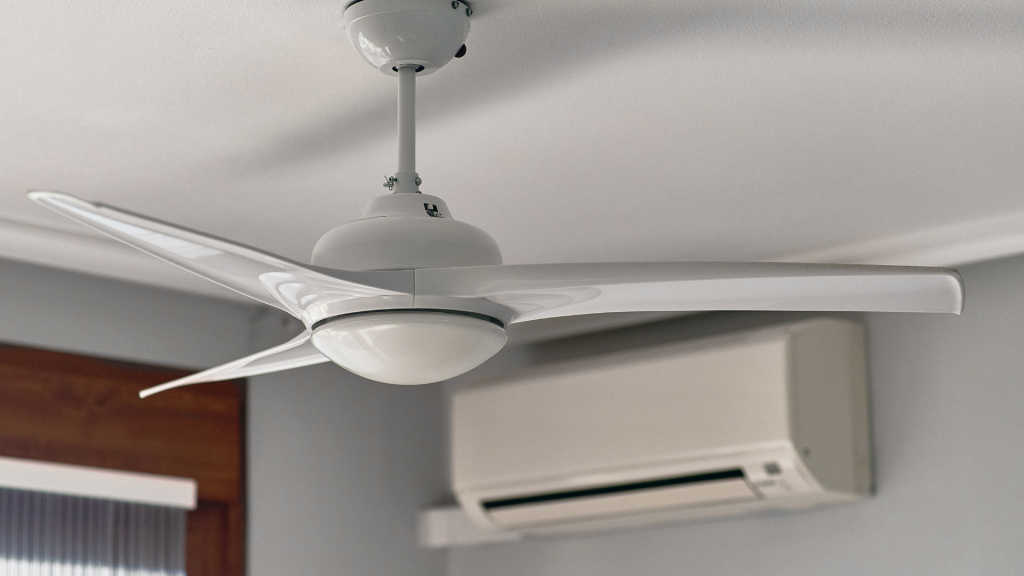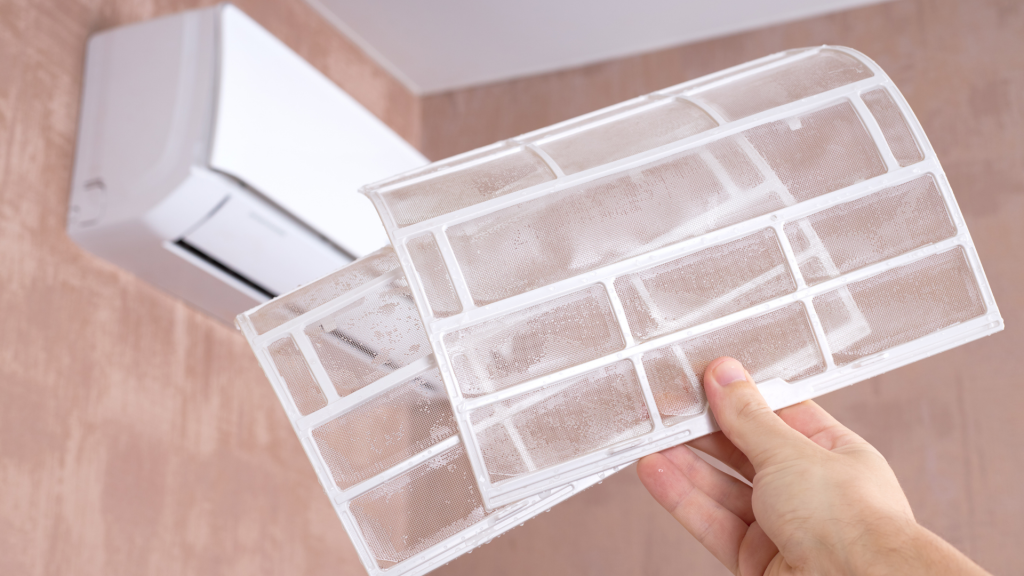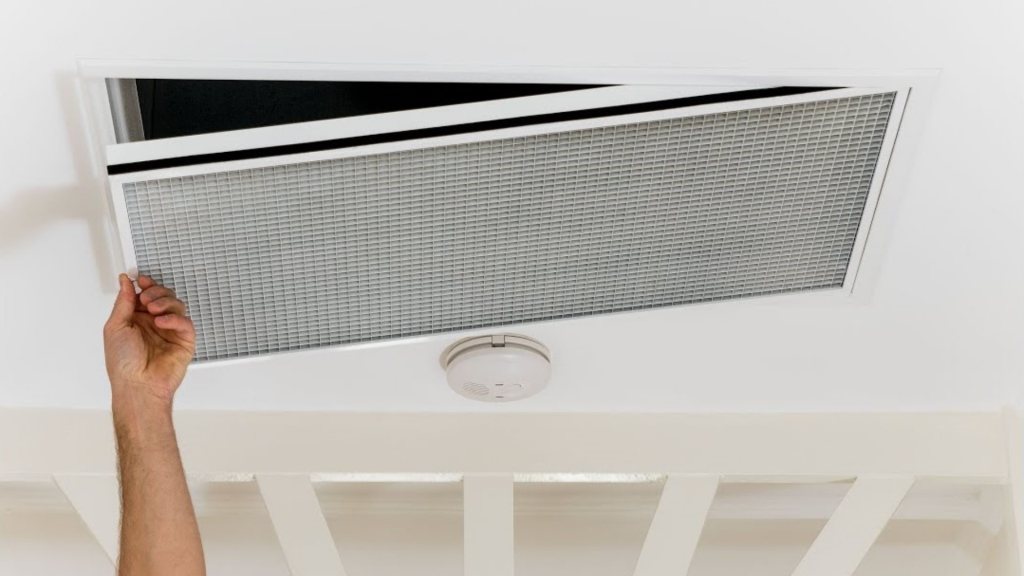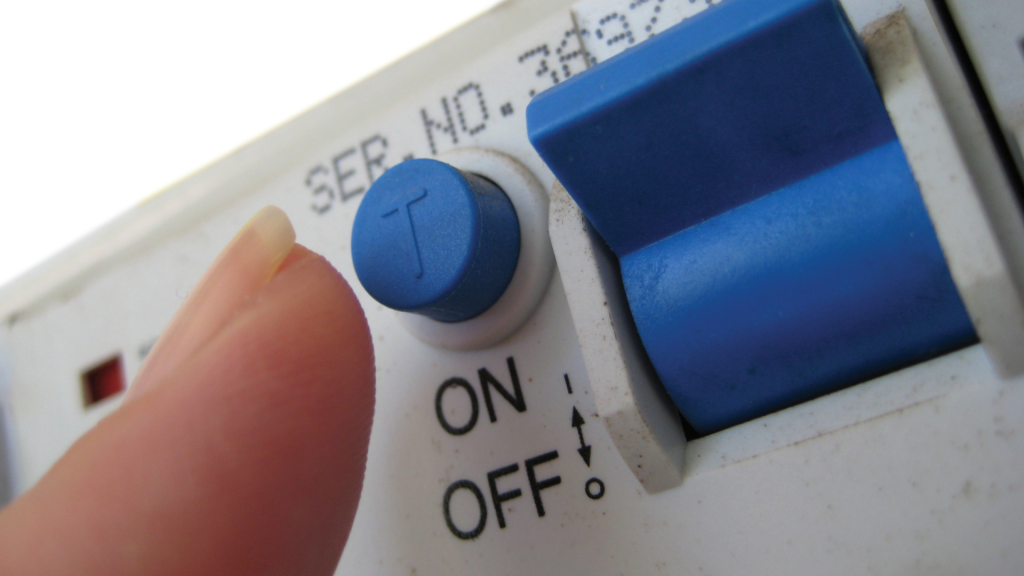For many homeowners, self-repair and maintenance of plumbing, electrical, heating and cooling systems can be daunting. And though many of these repairs need to be done by a full licensed tradesperson, there are many things that the average Australian can do themselves that will save them money.
We share with you our top repairs and maintenance you can do on your own without needing to call in the expert plumbers and other professionals.
Flush out your tap aerator
In your tap outlets, there are what you call aerators, aerators are there to prevent debris and dirt from coming out of your tap. These types of aerators sometimes clog and require a flush out.
How to clean and flush out your tap aerator to improve water flow
- Located the aerator (it lives at the end of your tap spout)
- Remove the aerator by turning it anticlockwise
- Flush and clean it by using cold water
- reinstall the aerator back to its original position
Top up your floor wastes with cold water
Floor wastes are usually positioned in the centre of your bathroom and laundry. A floor waste is designed to capture any water that runs from the surface, into the floor’s waste and drains into the sewage system. Floor Wastes hold water, holding water in a floor waste is normal however it can attract mosquitoes and cause a bad smell.
If you notice mosquitoes or a bad smell, top up your floor waste with 3 litres of cold water, this will flush out the dormant water that was sitting in your floor waste creating a new water seal.
Service your hot water system
Never assume just because your hot water system is out of sight it’s out of mind.
It’s important to maintain your hot water system, regular maintenance can prolong the lifespan of your hot water system and make sure the system operates safely.
Your hot water system is fitted with a relief valve and manufacturers recommend flushing the relief valve every 6 months to assure the valve is working correctly.
- Locate your hot water relief valve on the side of your hot water tank
- Pull the lever located at the back for 5 seconds
- Let go of the lever
- This will flush out your relief valve and protect your hot water tank
Turn the direction of your ceiling fan
Most ceiling fans have the ability to spin in two different directions. Looking up at your fan (put it on the slowest speed setting to see better) you’ll be able to see whether it spins clockwise or anti-clockwise.
Rotating anti-clockwise means that the blades on the fan are forcing air down into the room. This creates a breeze or a draft. This makes the room feel a little cooler or fresher than it would otherwise, this is great for summer. When the weather gets cooler it’s more efficient to turn your fan clockwise.
- Turn off the fan. Either from the switch at the wall or by pulling the chain/ cord on the fan (depending on your specific fan).
- Using a step ladder or sturdy chair, look at the body of your unit. You should be able to see one switch. If you can’t see the switch you might have to unscrew any covers on the unit.
- Change the direction of the switch.
Clean heating and cooling filters
In most heating and cooling systems such as air-conditioning or gas heating, require cleaning of the filters. This is required in both the flow (where air flows from) and the return air grill (where the air returns back into the system).
How to clean the air conditioner grill?
Remove the air conditioner front cover and you will see the filter.
Remove this filter and clean with warm water and a sponge.
How to clean a return air filter?
Find your return air filter located in the middle of your property (a big rectangle vent located on the roof).
Remove the cover and get to the grill, remove the grill and clean with hot water and a sponge.
Reset your safety switch
Your electrical and power circuit is protected by a safety switch that has a little on and off button on it, your safety switch is located in your electrical switchboard.
Sometimes you may come home only to find your fridge, appliances or lighting are not working there is a good chance your safety switch has turned Off.
If this switch is on the off position, all you need to do is switch it to the on position.
So why does my safety switch turn off in the first place?
- Sometimes heavy rain can cause your safety switch to trip and turn off
- This can indicate a problem with your actual appliance
- Your safety switch may be faulty
For all repairs and maintenance that call for the experts, look no further than Service Today. We are renowned for our professional plumbing, electrical, heating and cooling expertise.
Our team of experienced, highly skilled licensed technicians can be at your house the same day for any job no matter how big or small.
Call us or book online today. See for yourself why thousands of Australians have given Service Today their 5-star tick of approval!


